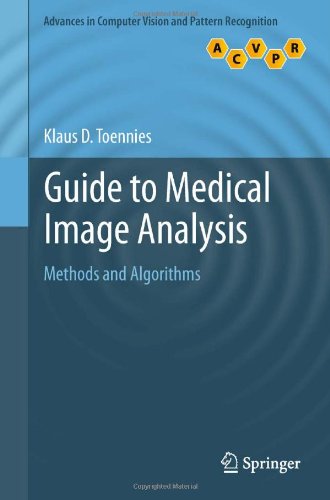

Most ebook files are in PDF format, so you can easily read them using various software such as Foxit Reader or directly on the Google Chrome browser.
Some ebook files are released by publishers in other formats such as .awz, .mobi, .epub, .fb2, etc. You may need to install specific software to read these formats on mobile/PC, such as Calibre.
Please read the tutorial at this link: https://ebookbell.com/faq
We offer FREE conversion to the popular formats you request; however, this may take some time. Therefore, right after payment, please email us, and we will try to provide the service as quickly as possible.
For some exceptional file formats or broken links (if any), please refrain from opening any disputes. Instead, email us first, and we will try to assist within a maximum of 6 hours.
EbookBell Team

4.7
16 reviewsThis book presents a comprehensive overview of medical image analysis. Practical in approach, the text is uniquely structured by potential applications. Features: presents learning objectives, exercises and concluding remarks in each chapter, in addition to a glossary of abbreviations; describes a range of common imaging techniques, reconstruction techniques and image artefacts; discusses the archival and transfer of images, including the HL7 and DICOM standards; presents a selection of techniques for the enhancement of contrast and edges, for noise reduction and for edge-preserving smoothing; examines various feature detection and segmentation techniques, together with methods for computing a registration or normalisation transformation; explores object detection, as well as classification based on segment attributes such as shape and appearance; reviews the validation of an analysis method; includes appendices on Markov random field optimization, variational calculus and principal component analysis.